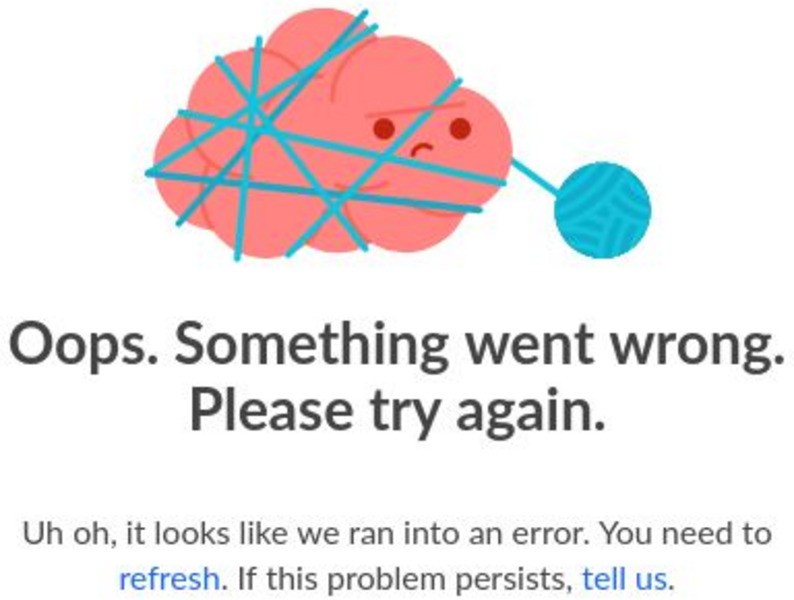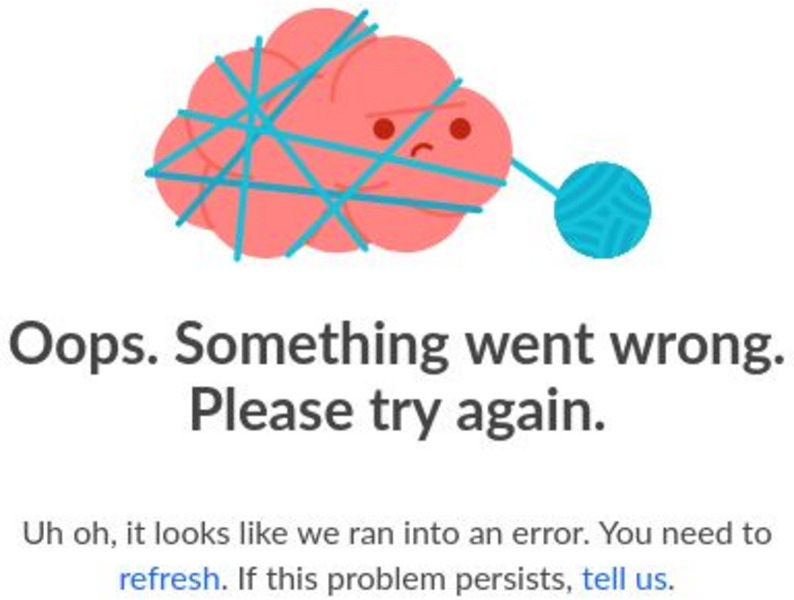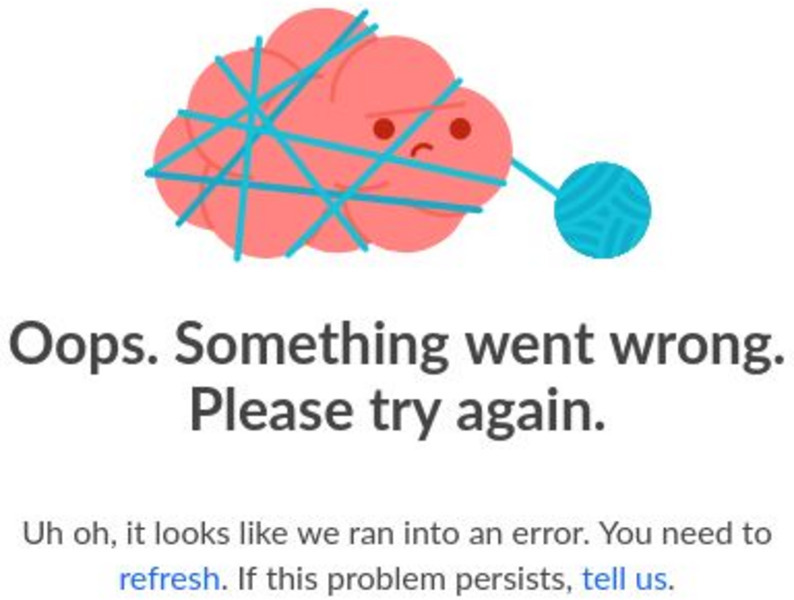Hi, what do you want to do?
Khan Academy
Khan Academy: Pressure Volume Loops: Re Imagine the Pressure Volume Relationship
Understand what is happening at the cellular level to cause two identical left ventricular volumes to have such different pressures! Rishi is a pediatric infectious disease physician and works at Khan Academy.
Khan Academy
Khan Academy: Pressure Volume Loops: Why Doesn't the Heart Rip?
Understand LaPlace's law to see the effect that pressure, radius, and wall thickness each have on the "wall stress" in the left ventricle to answer the question of why the heart never gets a rip or tear. Rishi is a pediatric infectious...
Khan Academy
Khan Academy: Pressure Volume Loops: Left Ventricular Pressure vs. Time
Ever wonder exactly how the left ventricle's pressure changes over time? Find out in this color-coded video! Rishi is a pediatric infectious disease physician and works at Khan Academy. [10:51]
Khan Academy
Khan Academy: End Systolic Pressure Volume Relationship (Espvr)
Find out what happens when the left ventricle is not allowed to relax, and instead you simply add and take away blood from it. Rishi is a pediatric infectious disease physician and works at Khan Academy.
Khan Academy
Khan Academy: Pressure Volume Loops: Pressure in the Left Heart Part 1
Watch the pressure in the left heart go up and down with every heart beat! This video lecture focuses on following the blood as it moves from the left artium and exploring the pressure as it moves through the heart. [14:58]
Khan Academy
Khan Academy: Shunting in the Heart
This video contains a very detailed drawing of the heart to explain blood flow. [9:47]
Khan Academy
Khan Academy: Why Doesn't the Heart Rip?
This video will help you understand LaPlace's law to see the effect that pressure, radius, and wall thickness each have on the 'wall stress' in the left ventricle. Rishi is a pediatric infectious disease physician and works at Khan...
Khan Academy
Khan Academy: Understanding the Pressure Volume Loop
Figure out how all of those physiology terms: end-systolic, end-diastolic, pulse pressure, stroke volume, and ejection fraction, can be easily figured out using the pressure-volume loop. [9:18]












